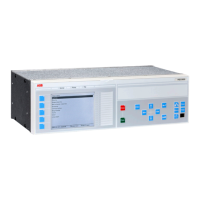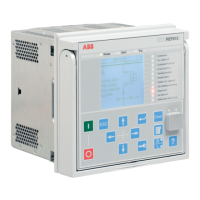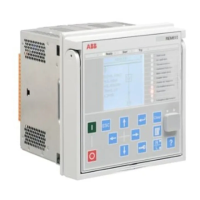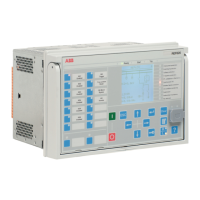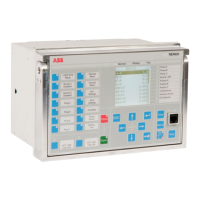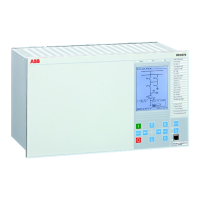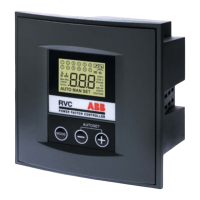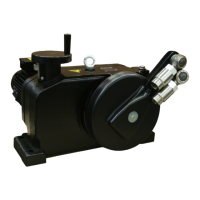1MAC309294-MB F Section 8
Recording functions
RER620 417
Technical Manual
parameter of the corresponding analog channel or binary channel, the Stor. mode manual
parameter for manual trigger and the Stor. mode periodic parameter for periodic trigger.
In the waveform mode, the samples are captured according to the Storage rate and Pre-trg
length parameters.
In the trend mode, one RMS value is recorded for each enabled analog channel, once per
fundamental cycle. The binary channels of the digital fault recorder are also recorded once
per fundamental cycle in the trend mode.
The trend mode enables recording times of 32 * Record length.
8.1.2.5 Pre-trigger and post-trigger data
The waveforms of the digital fault recorder analog channels and the states of the digital
fault recorder binary channels are constantly recorded into the history memory of the
recorder. The user can adjust the percentage of the data duration preceding the triggering,
that is, the so-called pre-trigger time, with the Pre-trg length parameter. The duration of
the data following the triggering, that is, the so-called post-trigger time, is the difference
between the recording length and the pre-trigger time. Changing the pre-trigger time resets
the history data and the current recording under collection.
8.1.2.6 Operation modes
Digital fault recorder has two operation modes: saturation and overwrite mode. The user
can change the operation mode of the digital fault recorder with the Operation mode
parameter.
Saturation mode
In saturation mode, the captured recordings cannot be overwritten with new recordings.
Capturing the data is stopped when the recording memory is full, that is, when the
maximum number of recordings is reached. In this case, the event is sent via the state
change (TRUE) of the Memory full parameter. When there is memory available again,
another event is generated via the state change (FALSE) of the Memory full parameter.
Overwrite mode
When the operation mode is “Overwrite” and the recording memory is full, the oldest
recording is overwritten with the pre-trigger data collected for the next recording. Each
time a recording is overwritten, the event is generated via the state change of the Overwrite
of rec. parameter. The overwrite mode is recommended, if it is more important to have the
latest recordings in the memory. The saturation mode is preferred, when the oldest
recordings are more important.
New triggerings are blocked in both the saturation and the overwrite mode until the
previous recording is completed. On the other hand, a new triggering can be accepted
before all pre-trigger samples are collected for the new recording. In such a case, the
recording is as much shorter as there were pre-trigger samples lacking.
Only post-trigger data is captured in trend mode.
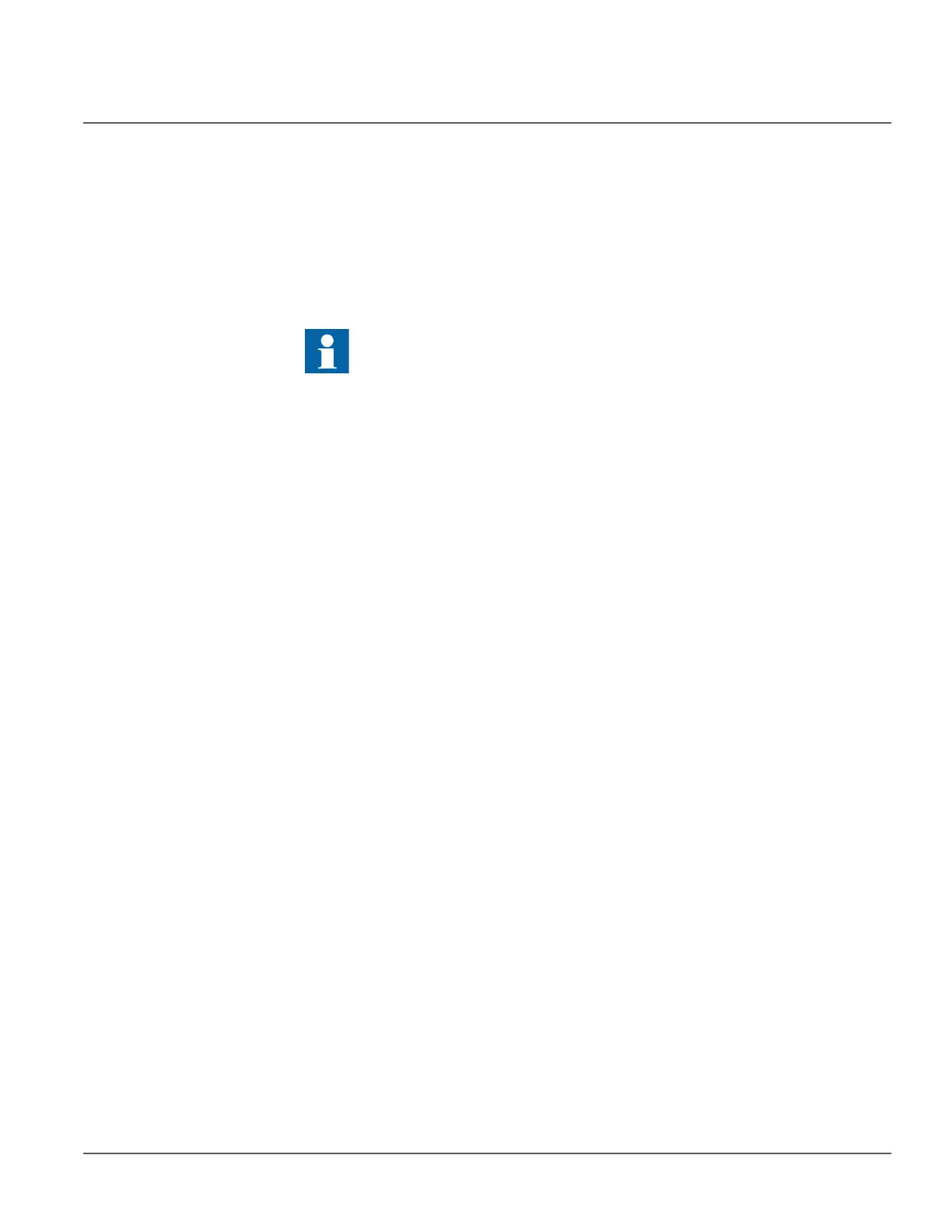